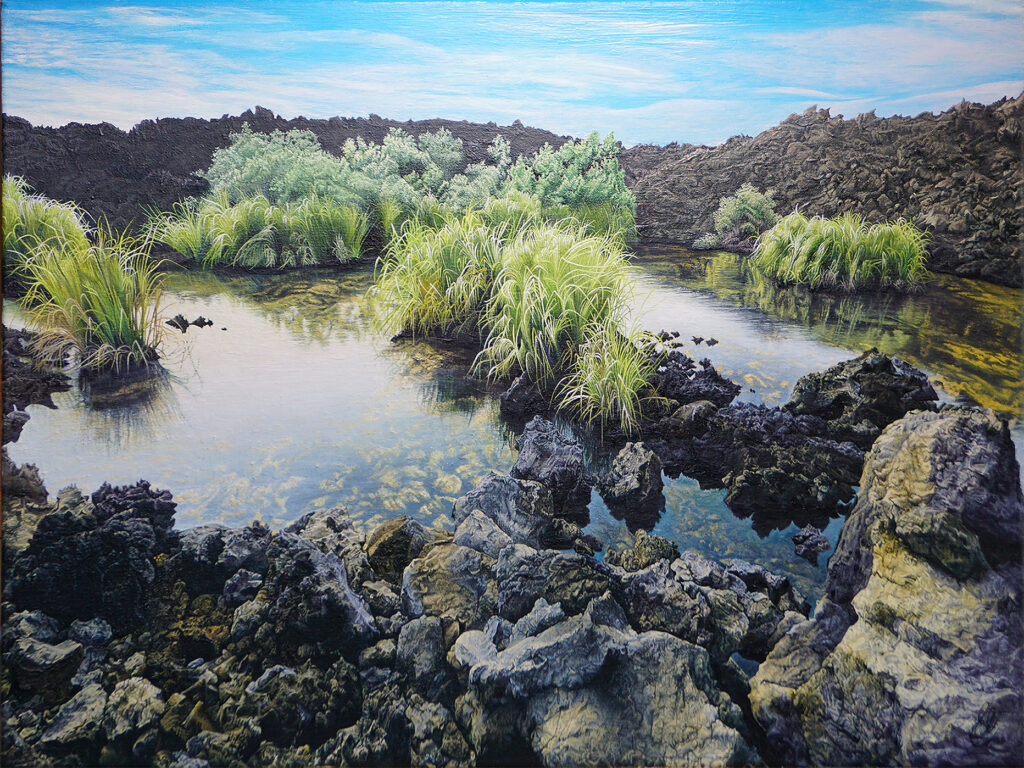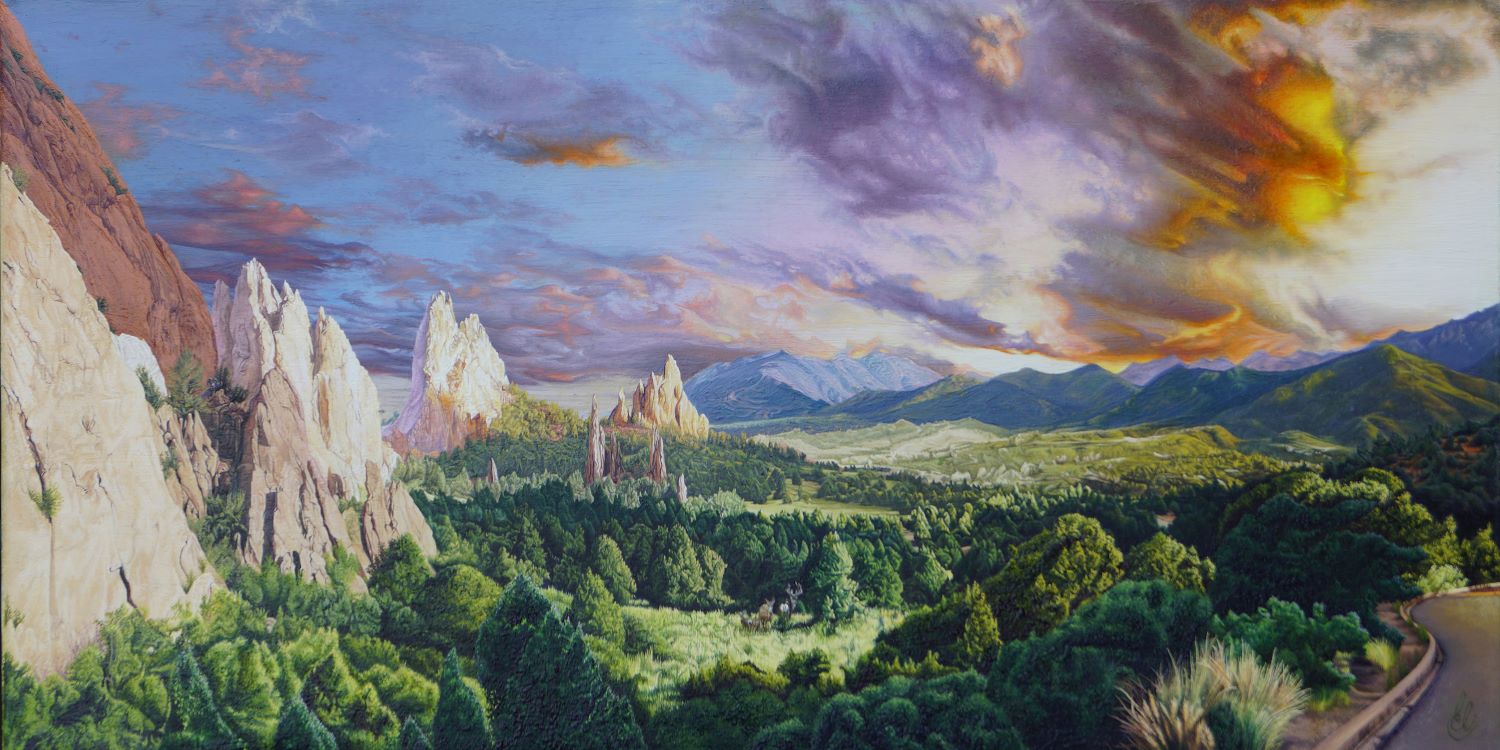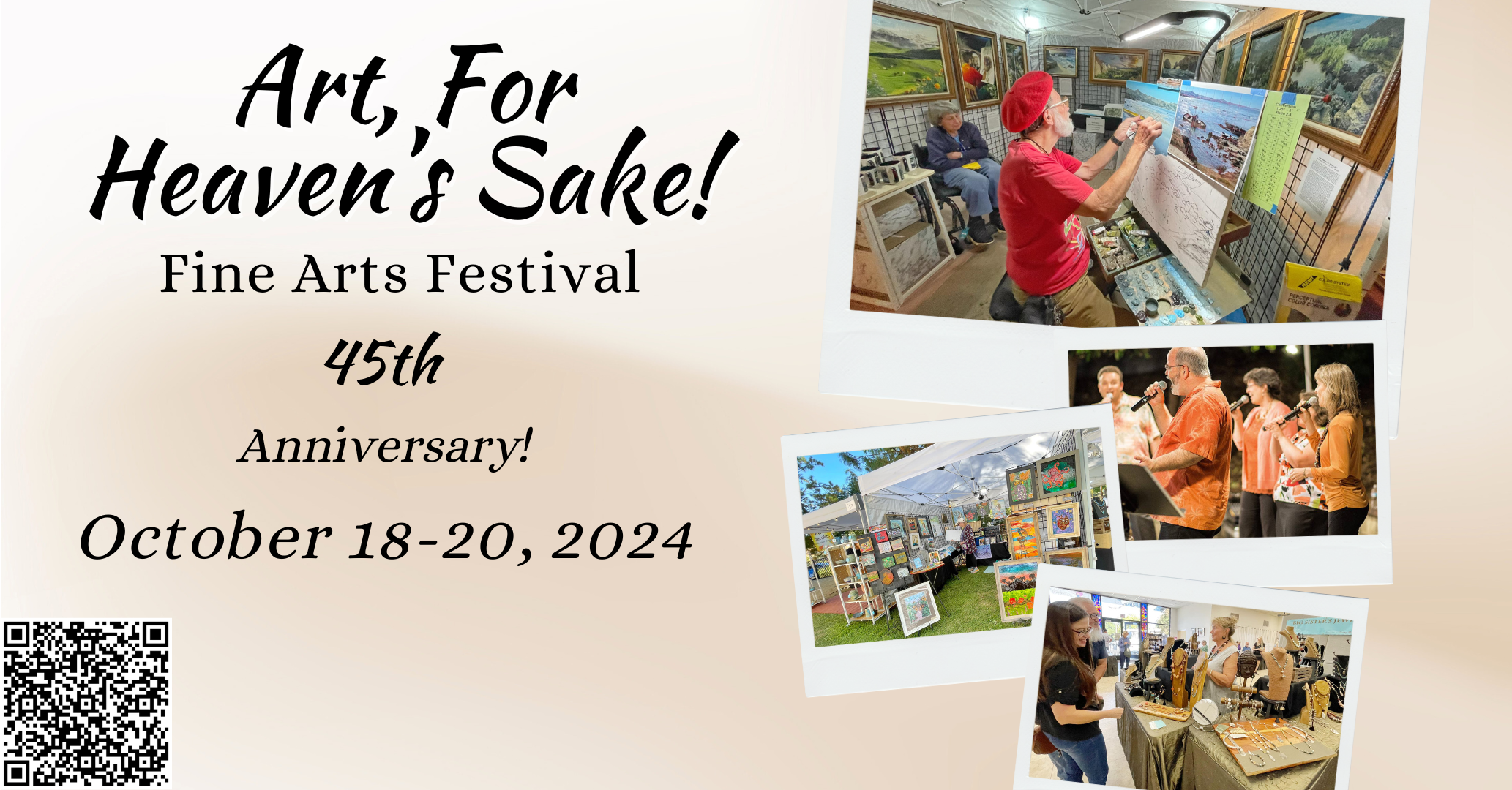Oil Painting/PastelJames Ellison

Though his art is realistic, he will subtly change things to communicate a specific message about life.
James Ellison was born in Chicago in 1948. At 41/2 he was bitten by a Tsetse fly and contracted Encephalitis Lethargica. His fever rose to 108o and he was in a coma for six weeks. The doctors said he would be severely mentally handicapped. His parents refused to accept this, praying for a full recovery. When his mother brought him home, she became his physical therapist, training him as if he were an infant. He walked into kindergarten six months late. The Downers Grove school district wanted him in a “special school” but his mother demanded full inclusion becoming his tutor.
His mother taught him two important things; a disability is not an excuse but a reason to try harder; and he was spared for a purpose, which God would reveal.
His first-grade teacher discovered his artistic talent and called him a savant, so his parents found a private art teacher.
Three influences shaped him as an artist. First, a visit to the Art Institute. When he walked through a door to the left was a maze of dots. He asked his mother, “What is this mess?” She told him to turn away and walk to the other side of the room, then turn around. There before him was Seurat’s A Sunday on La Grande Jatte. Second, was watching a famous artist and family friend, Warner Sallman create the pastel painting of The Good Shepherd while talking about faith. Third, was living near a 100-acre wood, where he spent time exploring and creating his earliest artwork.
James went on for a B.F.A., M.A., M.F.A. and M.Div. becoming an artist, pastor, and teacher. Thus, he brings to his artwork a unique blend of aesthetics, theology, psychology and creativity calling himself a Symbolic-Realist, which is the intentional psychological use of color, line, shape & page placement to communicate meaning on a subconscious level using basic human understanding and is not subject to cultural or historical limitations. Because this is on a subconscious level, he also writes artistic statements to bring meaning to a conscious level.
When painting he finds his subject matter by hiking the mountains, foothills, and rugged shores looking for scenes that speak to him. Then he will hike again with his backpack and French easel. If he works in pastel, he will hike back 6-8 times more to finish it. If he works in oil, he begins painting on location but also takes photos to work from in his studio as it will often take two to three months to finish. The photos are taken from different perspectives to record the volume/depth and at periodic times to catch the shifting light and shadows. Though his art is realistic, it will subtly change things to communicate a specific message about life.






